On March 6, I flew from Addis Ababa to Axum and landed safely at the Axum airport.
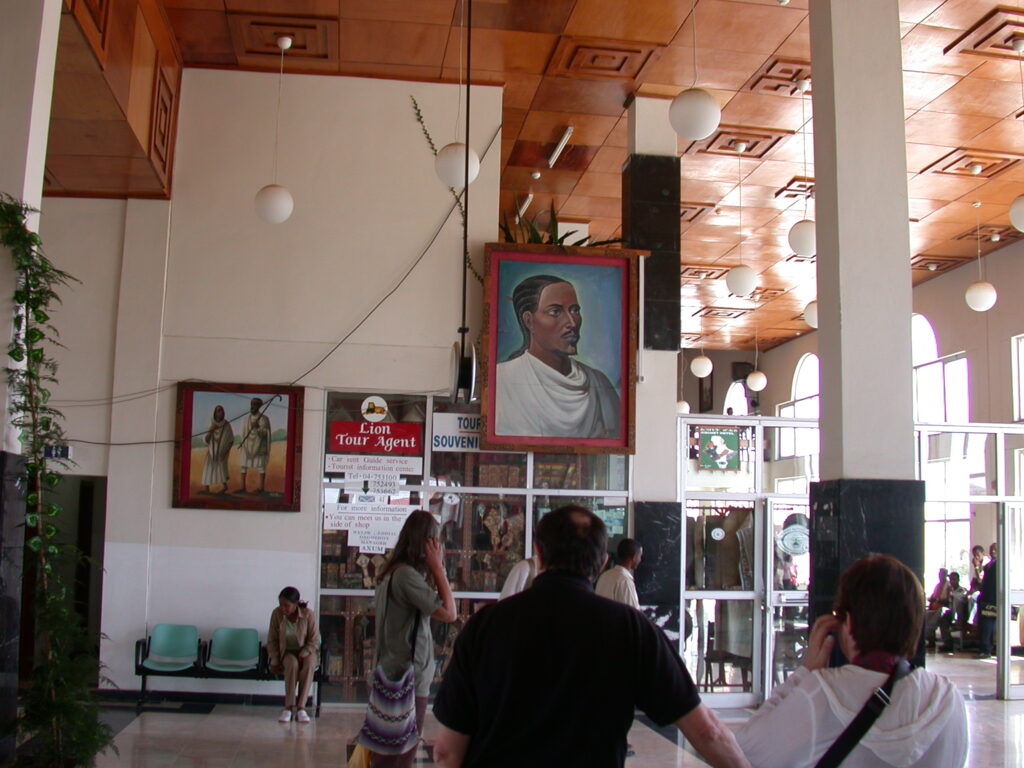
A guide from the Africa Hotel was there to pick me up at the airport. After I checked in, he assured me I could wait until 1:30pm to check in at the Ethiopian Airlines office five minutes from the hotel, then go to see the obelisks, the museum, and other sites of Axum. So, I took his advice, reading email and blogging briefly at the local Internet cafe, then eating lunch with an Italian woman, born in Libya, who was designing exhibits for the new Axum museum, not yet completed. Checking in at Ethiopian Airlines for the flight to Gonder the next day, March 7, was no problem. Then, the guide brought me to the obelisks. By the way, I really would recommend seeing Axum without a guide if you can. He didn’t really help out much.
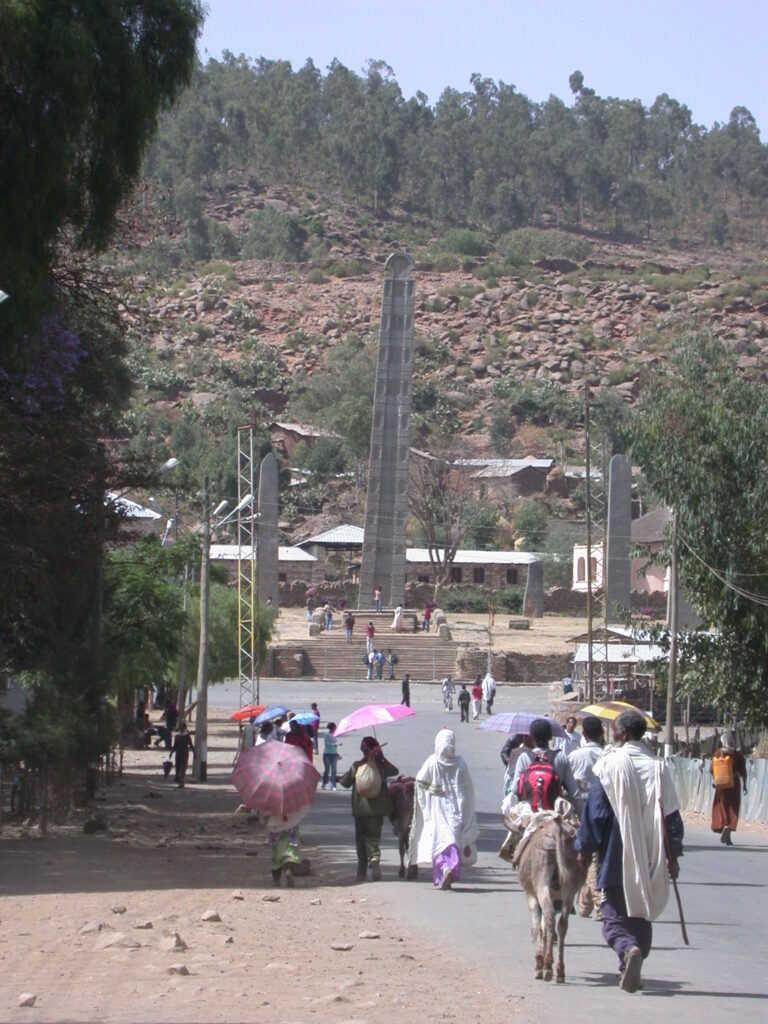
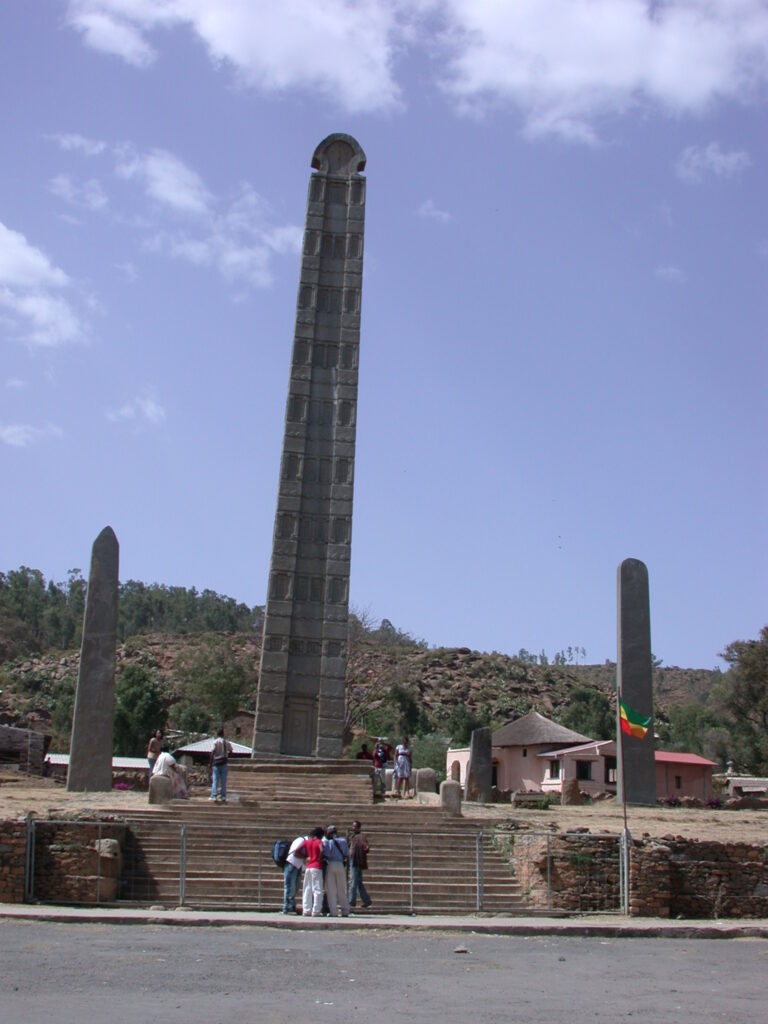
The obelisk the Italians finally returned to the Ethiopians a couple of years ago rests on its side in a few parts awaiting its re-erection probably in time for the Ethiopian millenium celebrations during our September 2007.
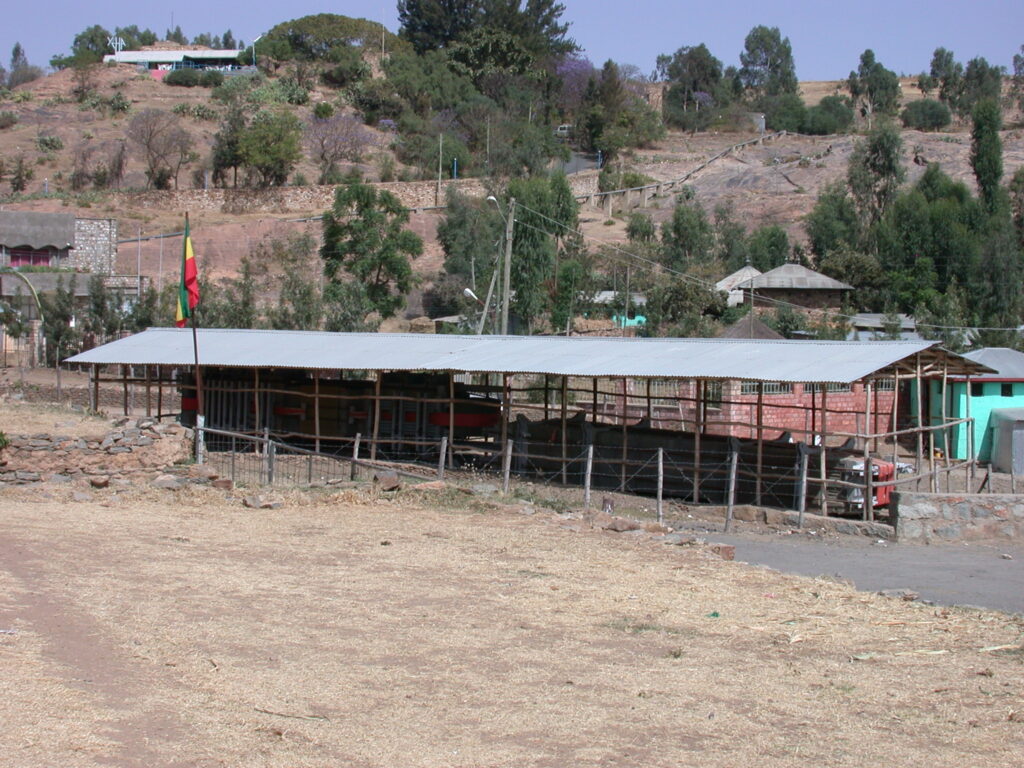
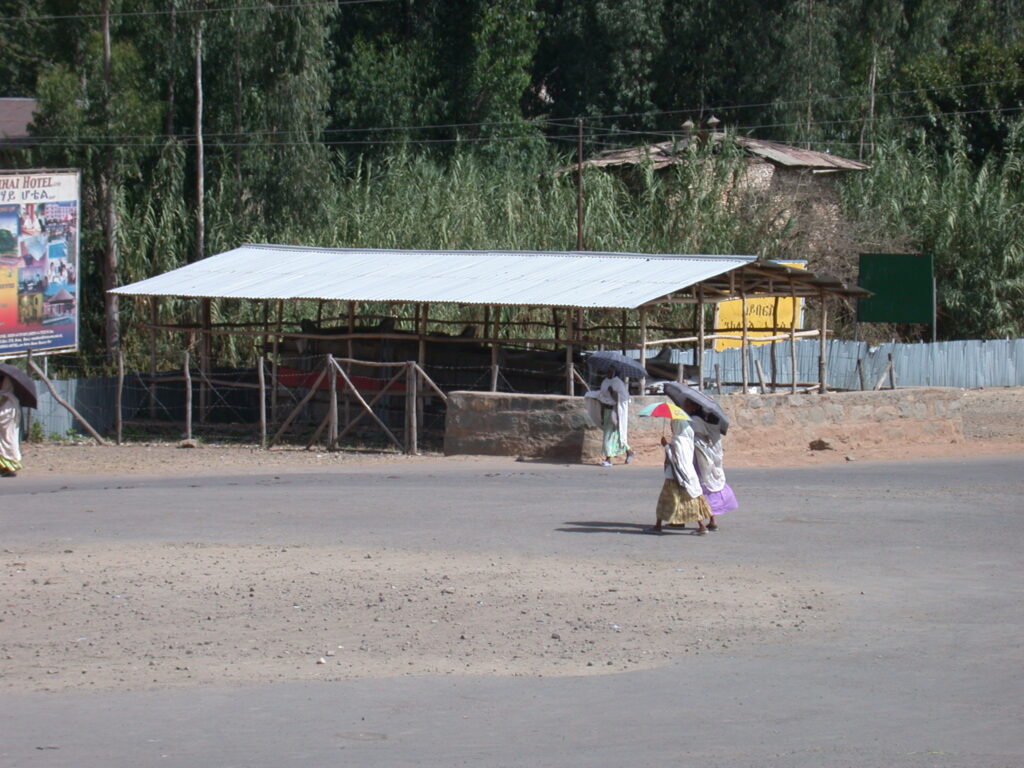
My guide, wearing his Che Guevera T-shirt, showed me an excavation site. One of the largest obelisks has tumbled to the ground. Nearby is an eight-pointed stone compass.
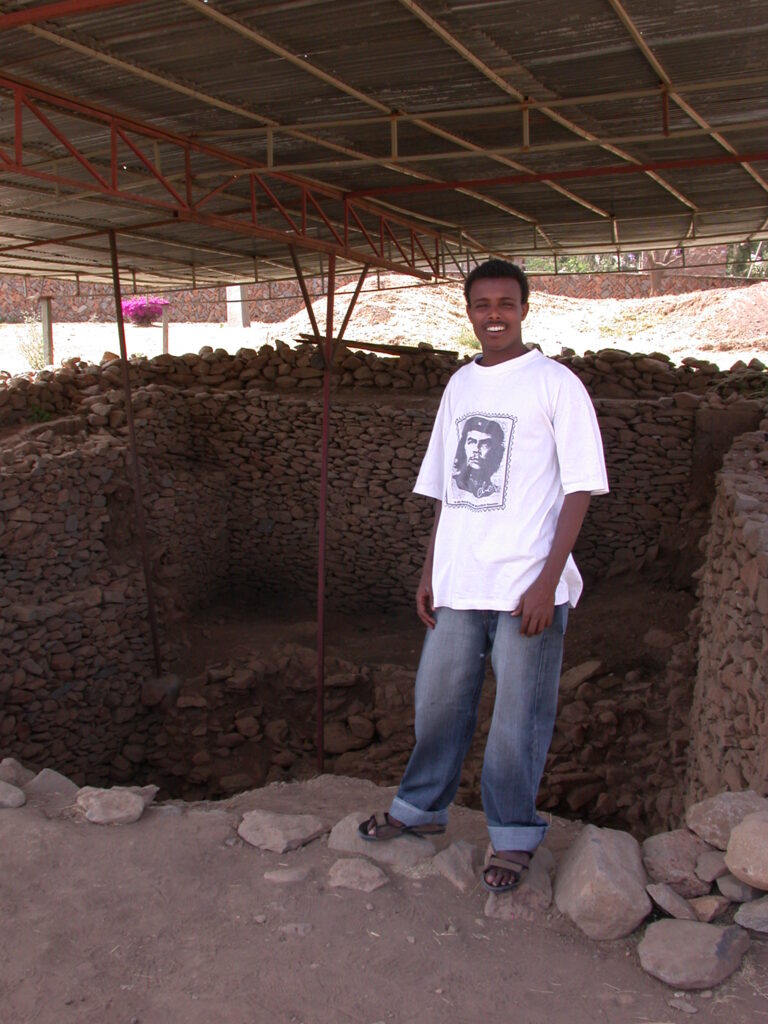
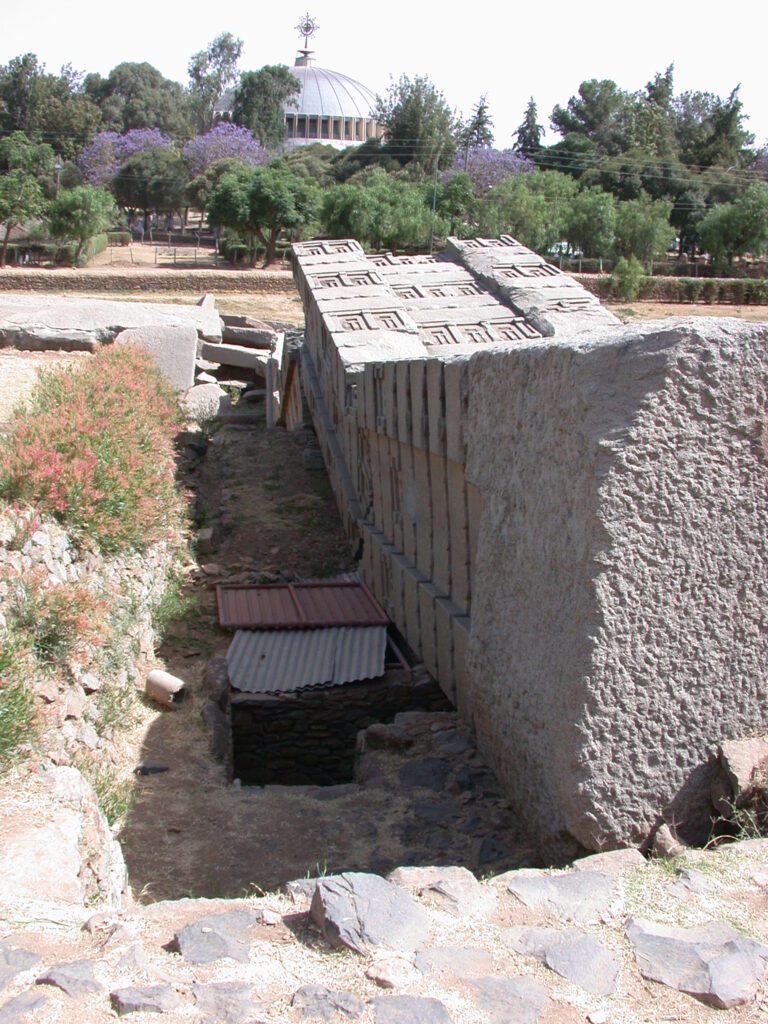
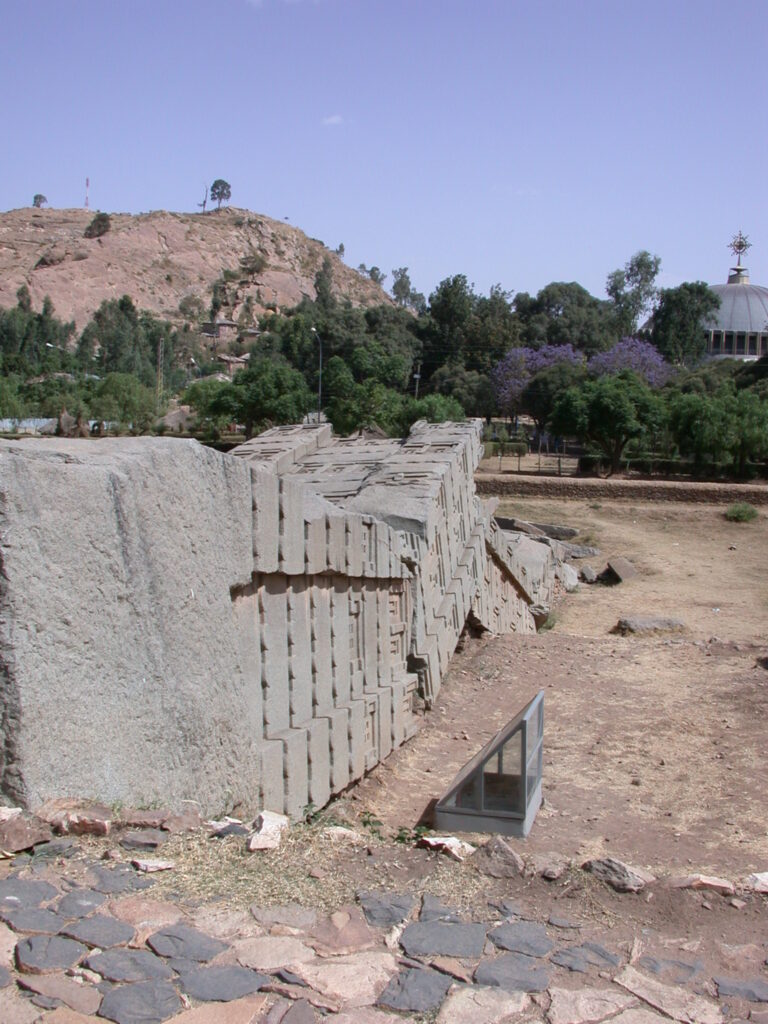
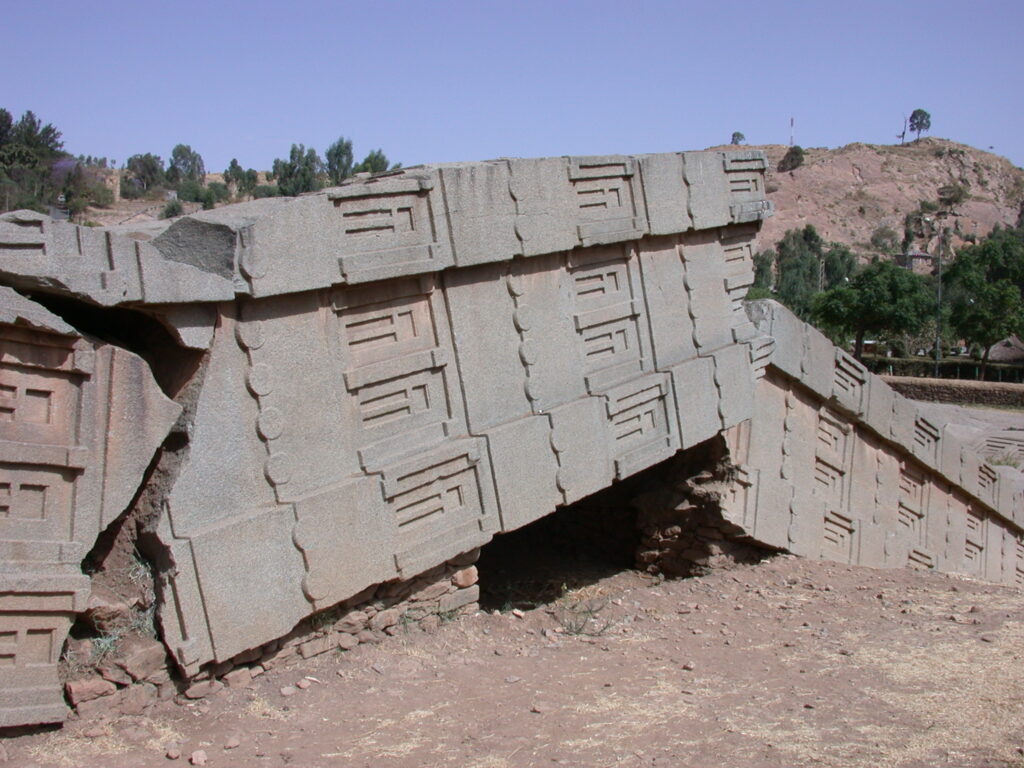
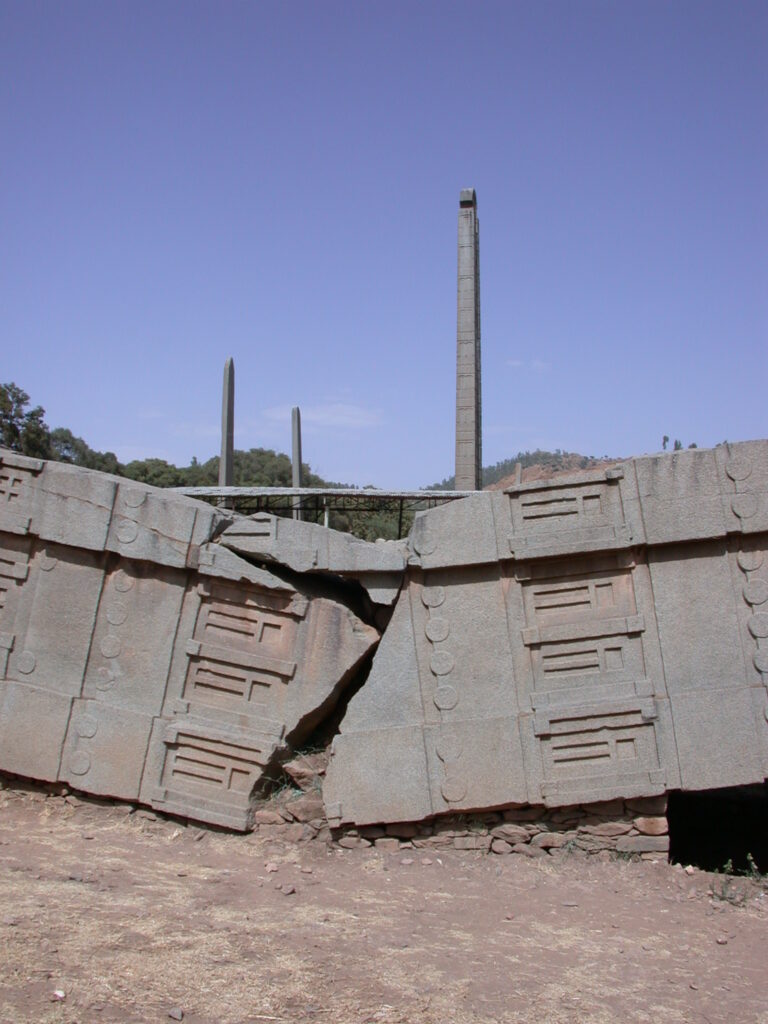
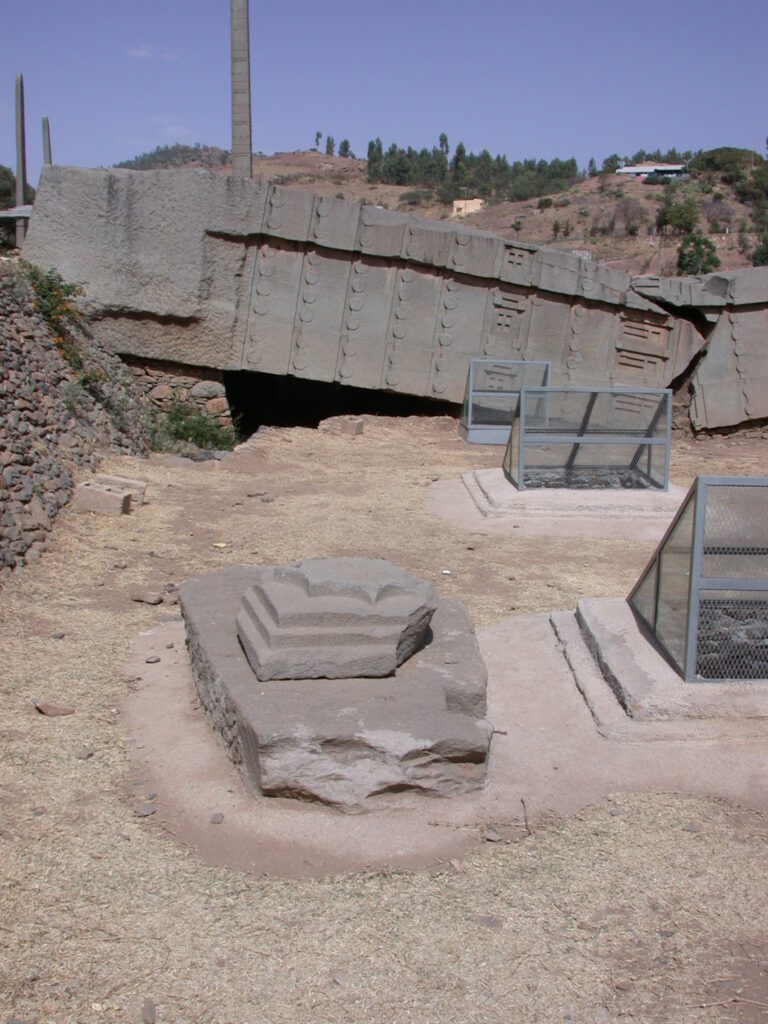
Subterranean chambers apparently held a tomb of an Axumite leader. Only rarely were the backs of the Axum obelisks carved.
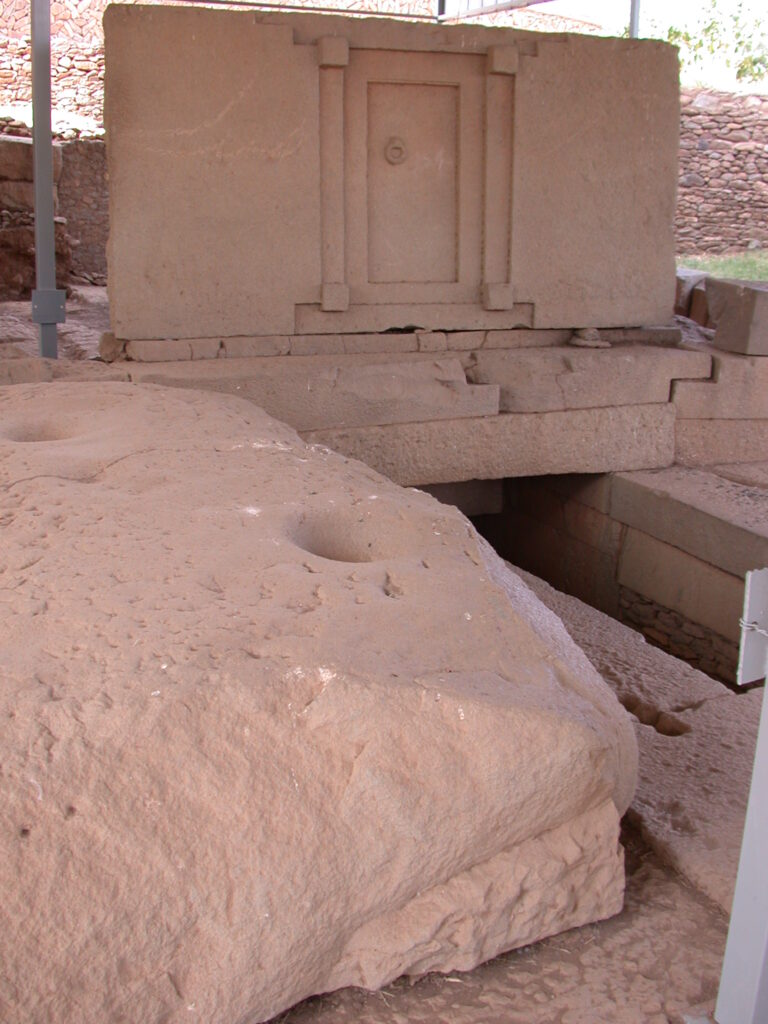
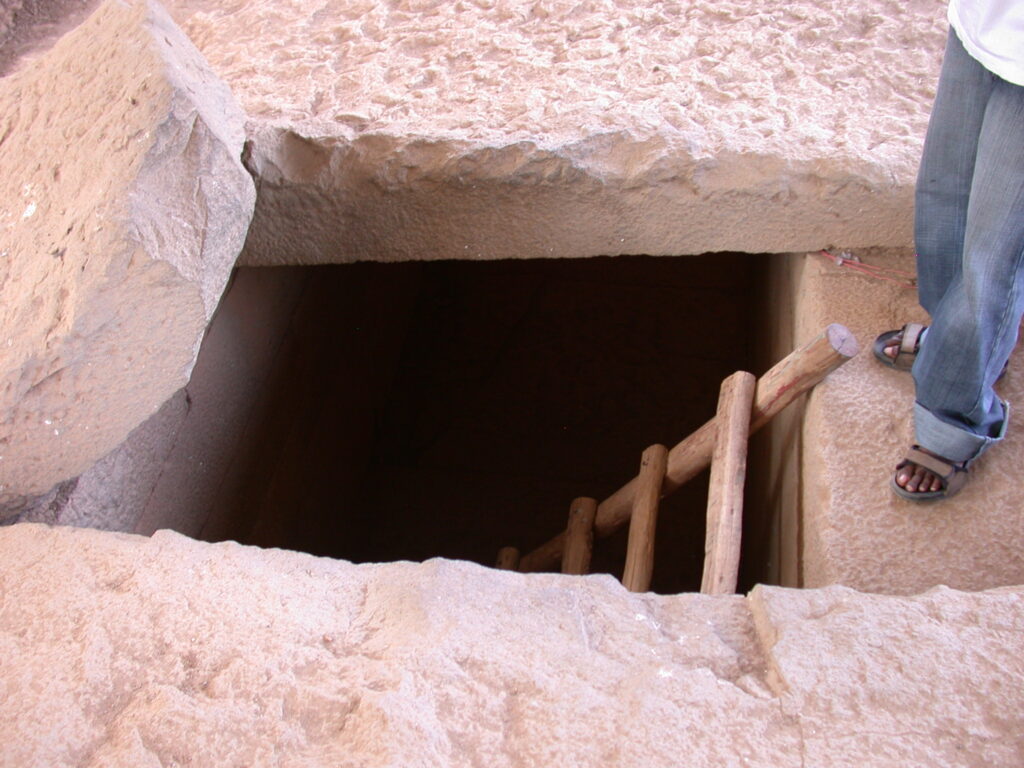
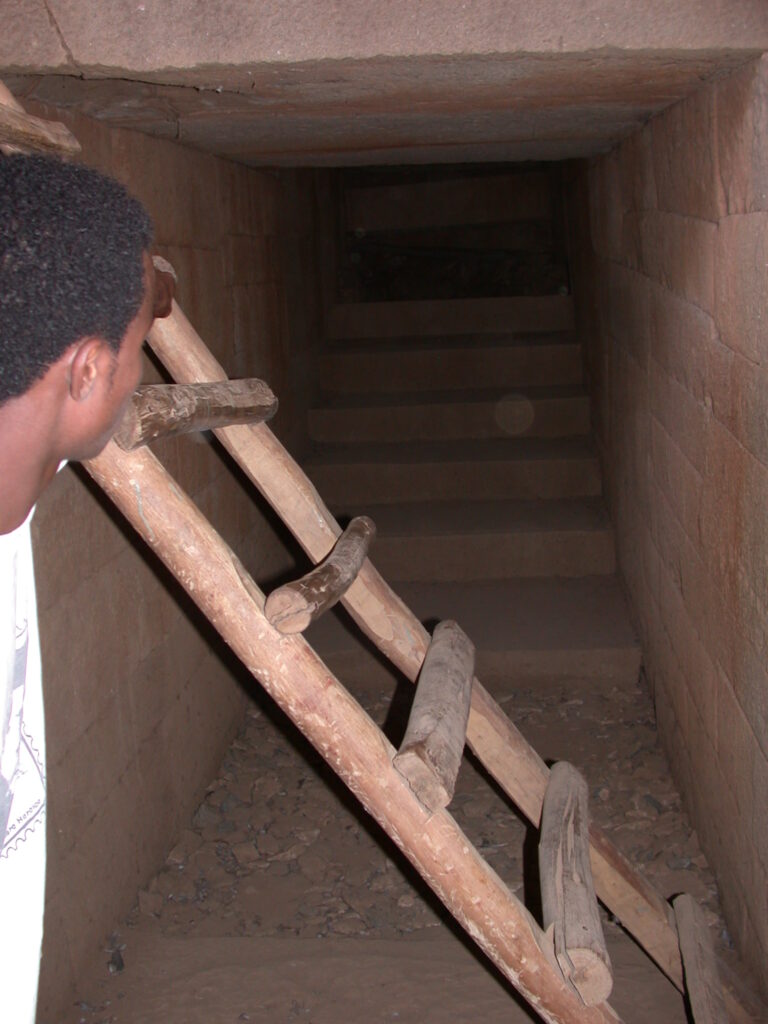
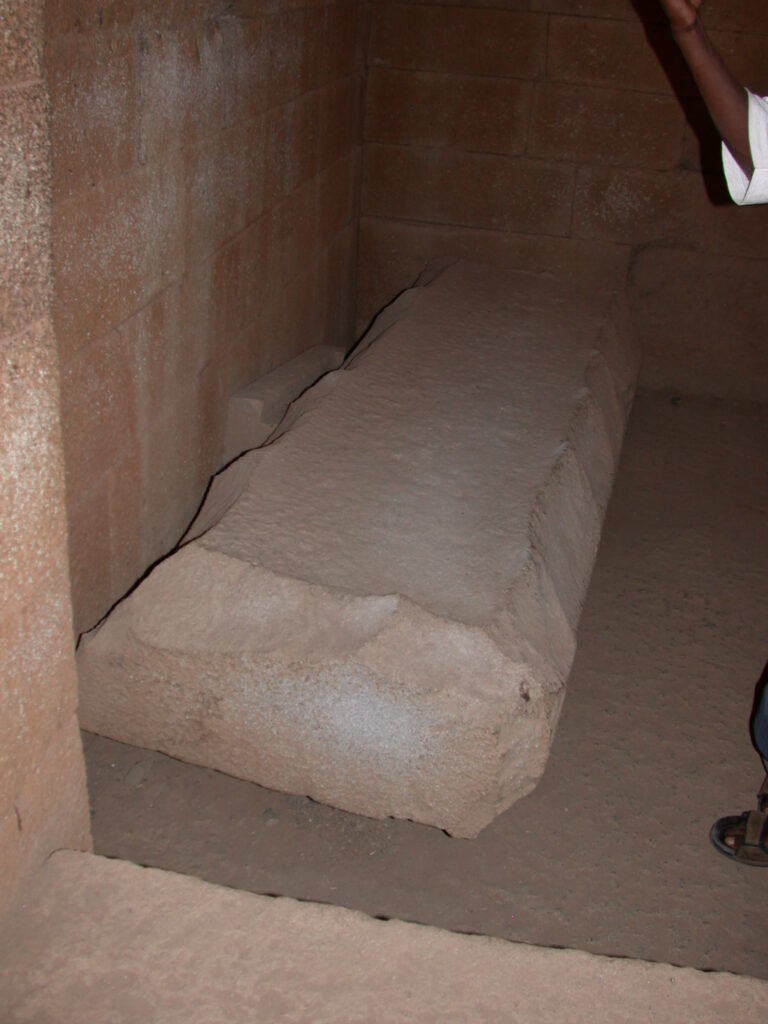
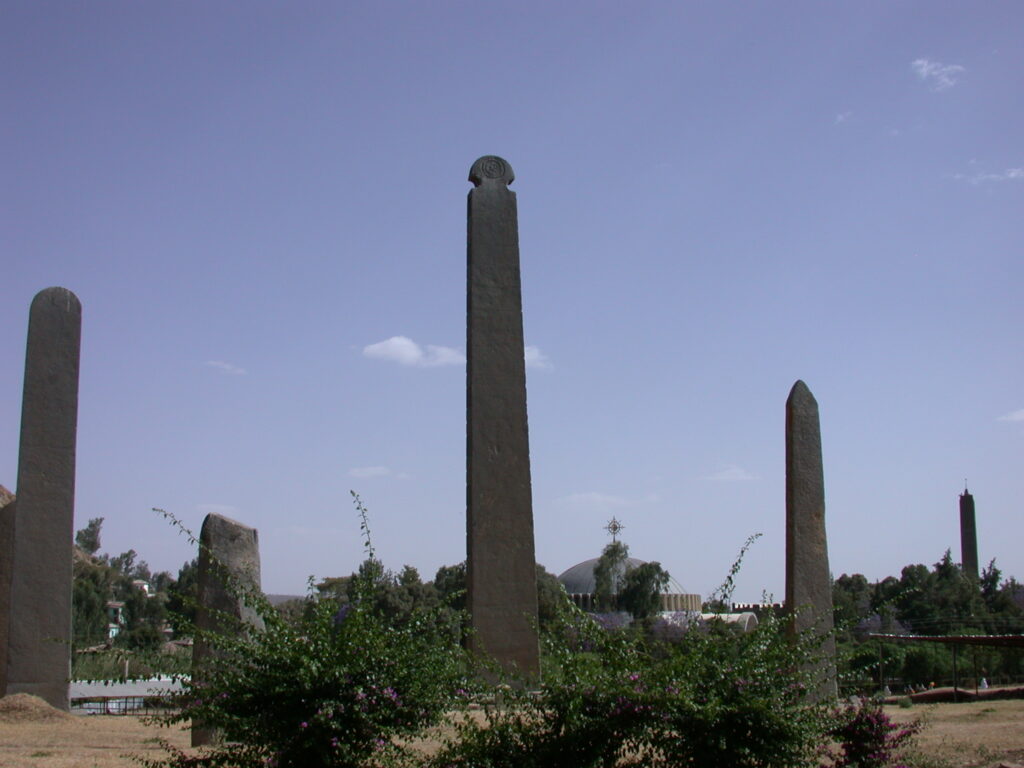
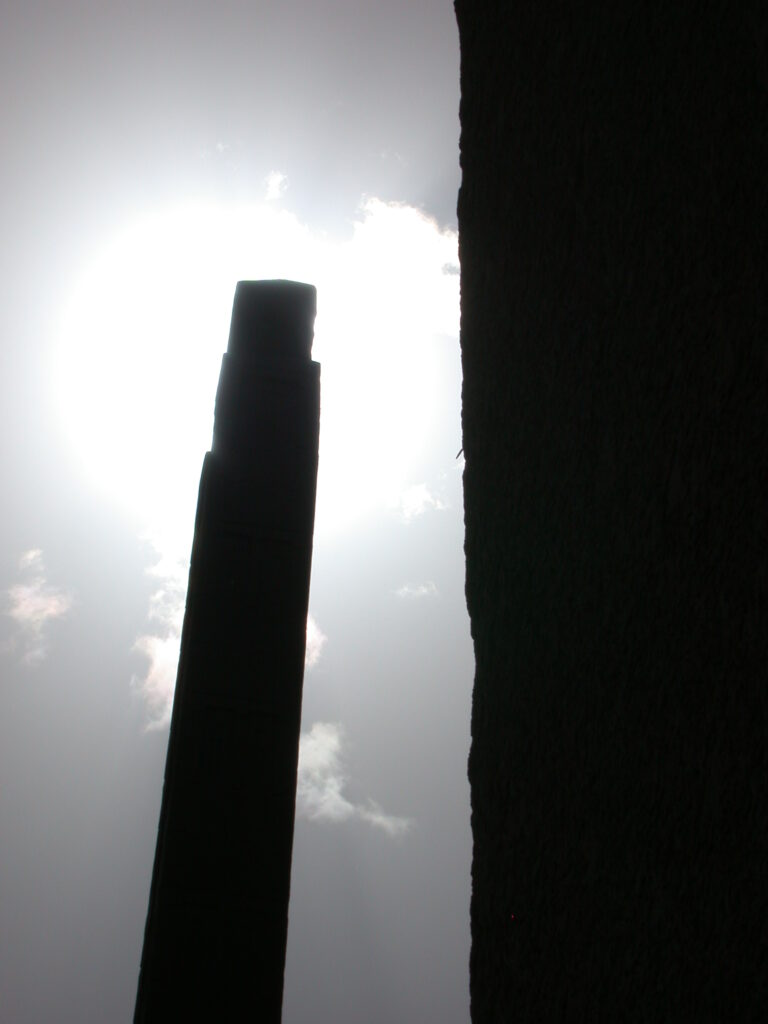
The new Axum Museum, already mostly constructed, will soon be located just behind the obelisk field and archaeologists plan to excavate the old town of Axum once residents are relocated.
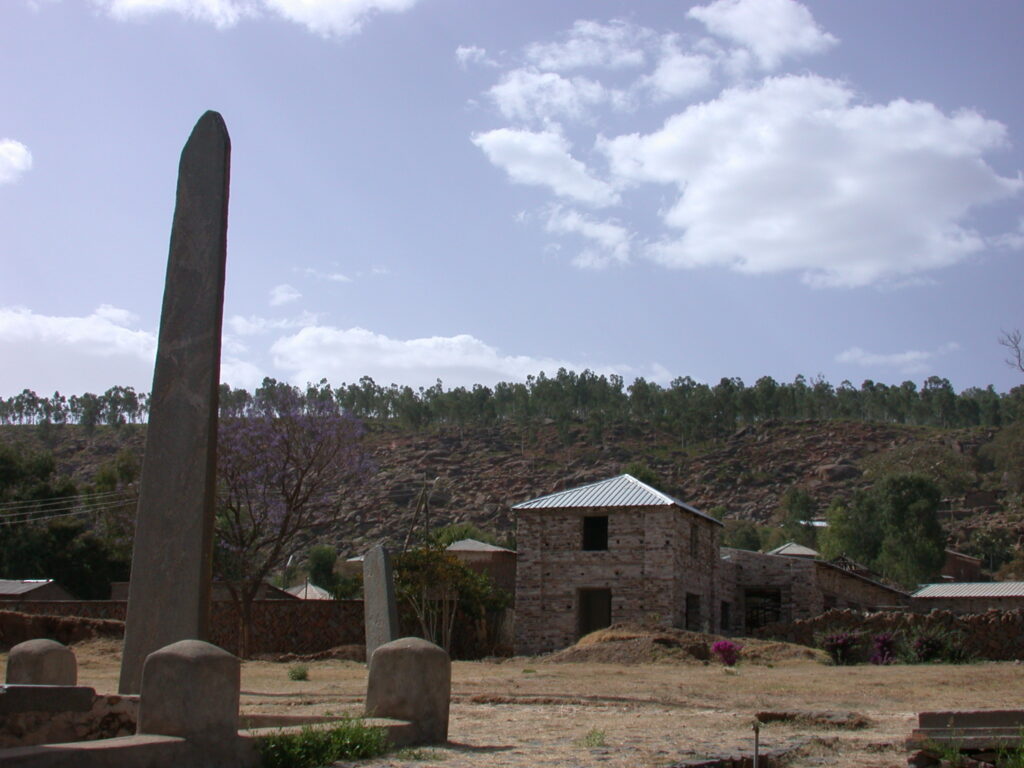
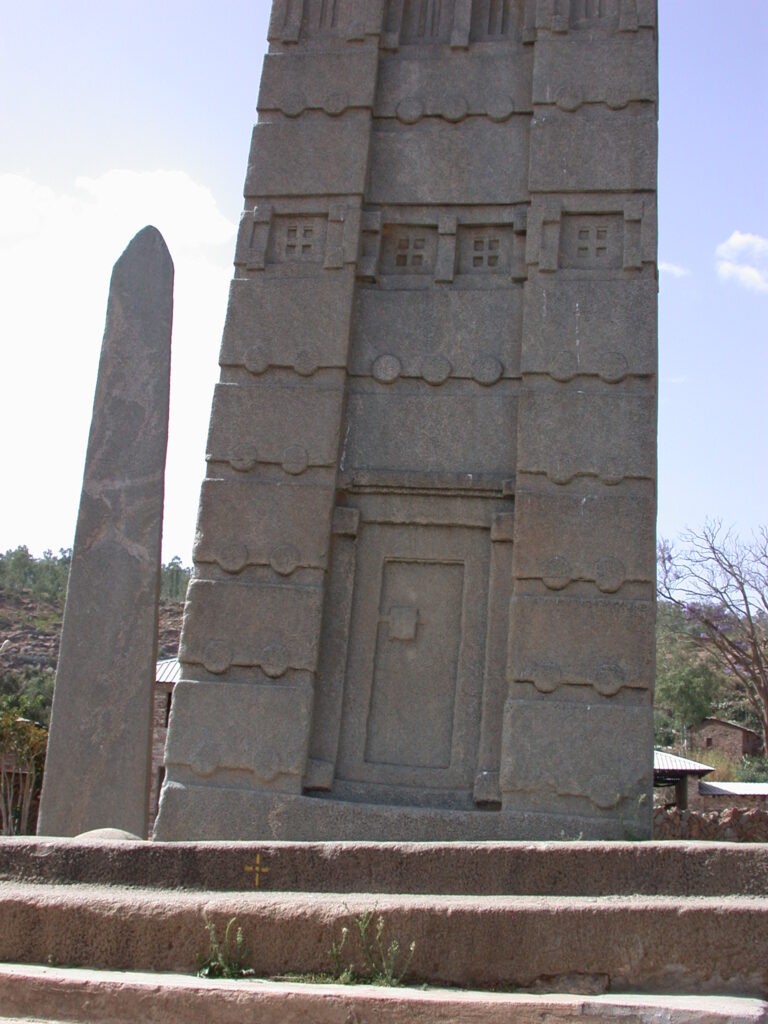
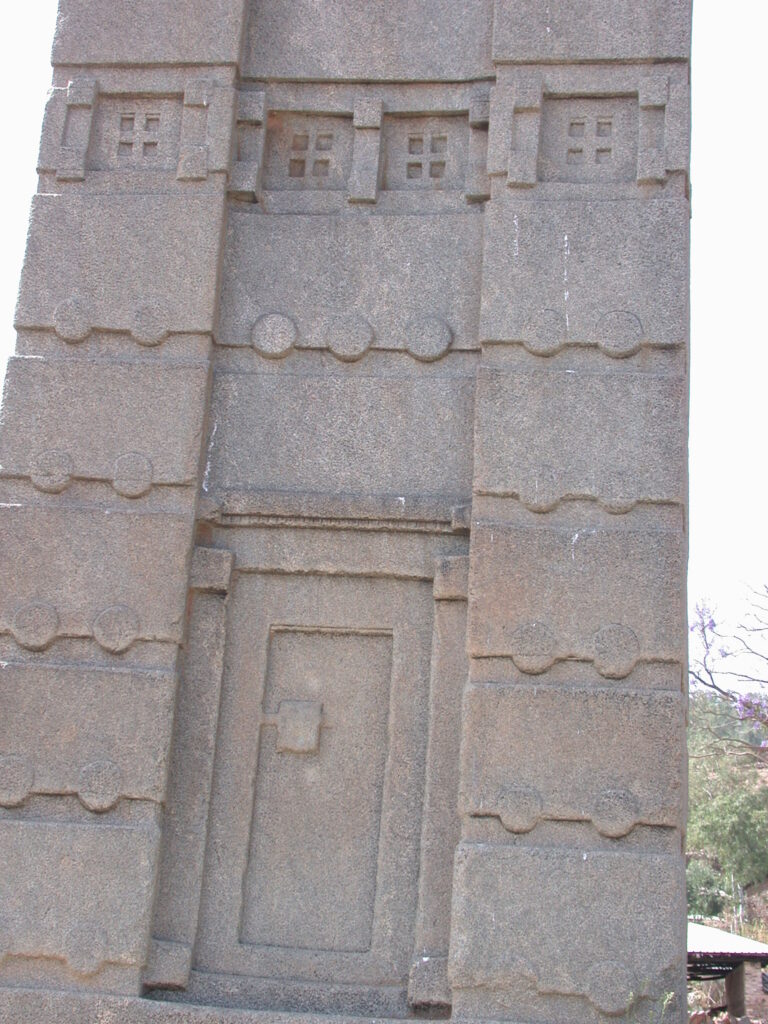
Axum is dominated by Ethiopian Orthodox Christian churches, including a church that reputedly has the Arc of the Covenant. The town has refused construction of a mosque for its Islamic residents.
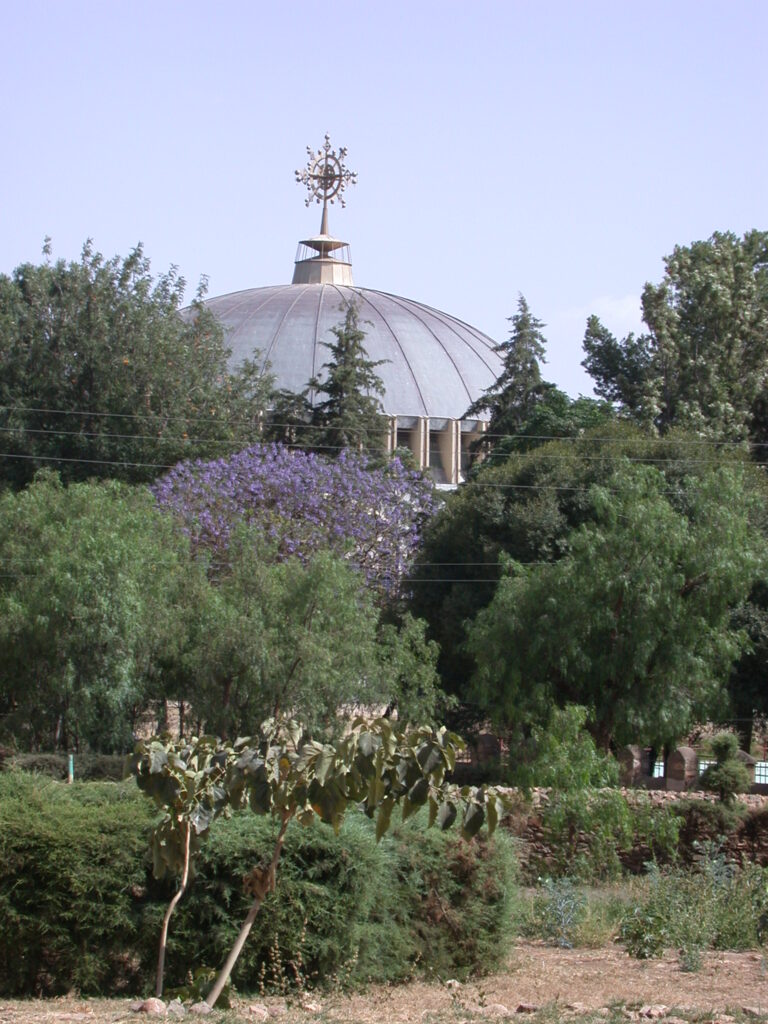
The next blog entry focuses on the Axum Museum and the Trilingual Tablet at Axum, both of which I also saw on March 6.
